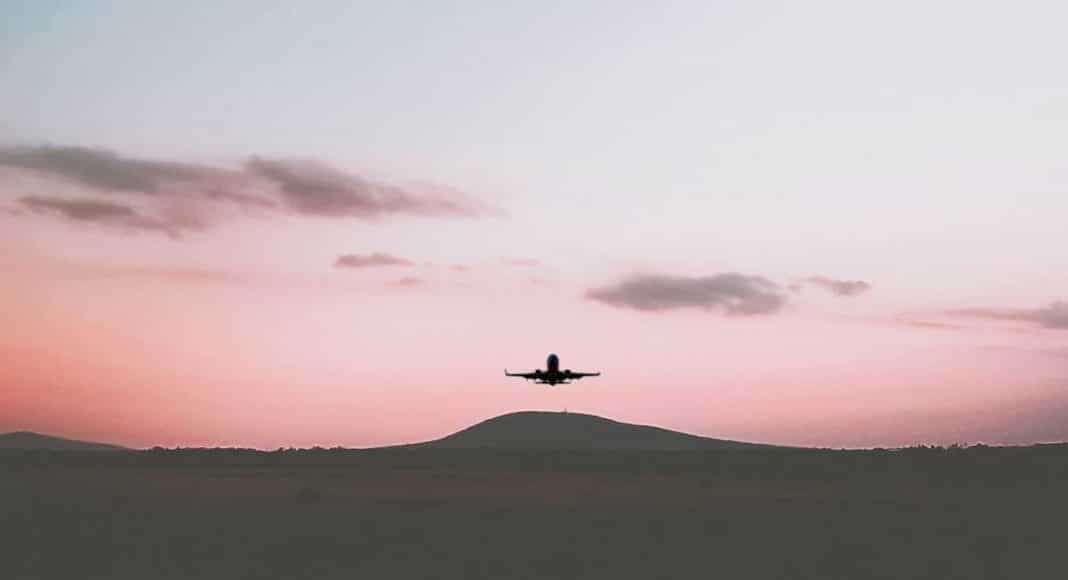If you’re already a nervous flier, you’re going to hate this news. Because of global warming, scientist predict turbulence (the really scary kind) is going to triple.
2050-2080 might become more violent turbulence.
Research published in the journal Geophysical Research Letters states that in the next 35 years or so, climate change might triple the amount of turbulence. And we’re talking Clear Air Turbulence (CAT), the violent “OMG we’re all going to die” turbulence.
-
Related Story: Here’s A List Of All The Coffee Brands Served On 44 Airlines
It’s the kind of turbulence you have likely experienced before —it seemingly comes out of nowhere, but is actually caused when a mass of air collides with another mass of air traveling at a certain speed. But now that temperatures are changing, they’re causing these pockets of air to become stronger. According to Geophysical Research Letters:
Previous research suggests that climate change will increase instabilities in the North Atlantic jet stream in winter, generating more clear-air turbulence. We find strong increases in clear-air turbulence over the entire globe and in particular the midlatitudes, which is where the busiest flight routes are. We also find that the strongest turbulence will increase the most, highlighting the importance of improving turbulence forecasts and flight planning to limit discomfort and injuries to passengers and crew.
Besides adding a helluva lot more of those little bottles of booze to your in-fight ordering queue, “What air travelers can expect is to be confined to their seat for a lot longer in the future, because the seat belt sign will have to be on for two times or maybe three times longer,” Paul Williams, a professor of atmospheric science at the University of Reading in the U.K. and the lead author of the study, told ABC News.
-
Related Story: Flying With Legal Weed: Does The TSA Care About Marijuana?
He adds that major injuries to both passengers and flight crew could abound, unless scientists can start accurately forecasting turbulence.
“I think we’ll see more injuries in the future, even if the number of people flying is constant, which of course it’s not,” says Williams. “That’s going up, too.”
The good news here is that since most planes that will be used to fly the friendly skies have yet to be built, there’s time for engineers to specifically build turbulence detection technology so that, you know, people can feel safe when traveling.
Welcome to your future.


